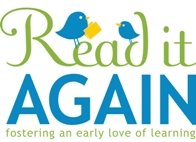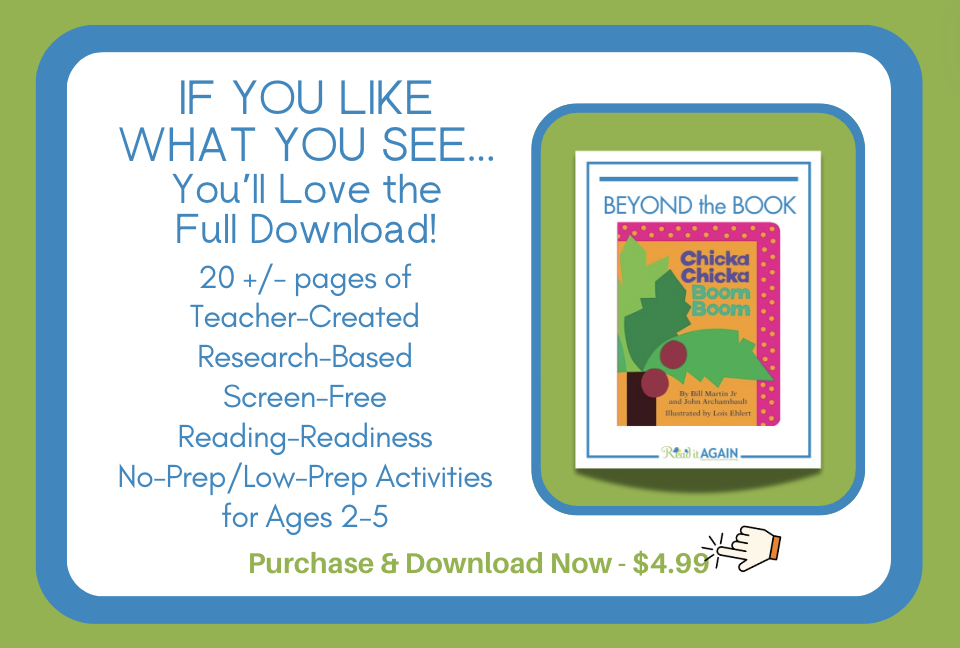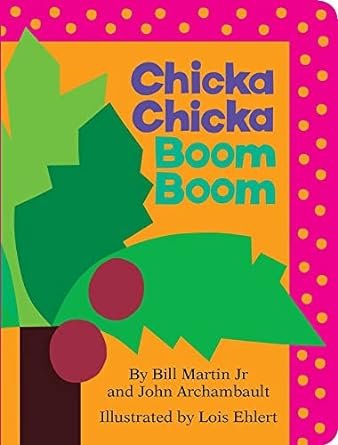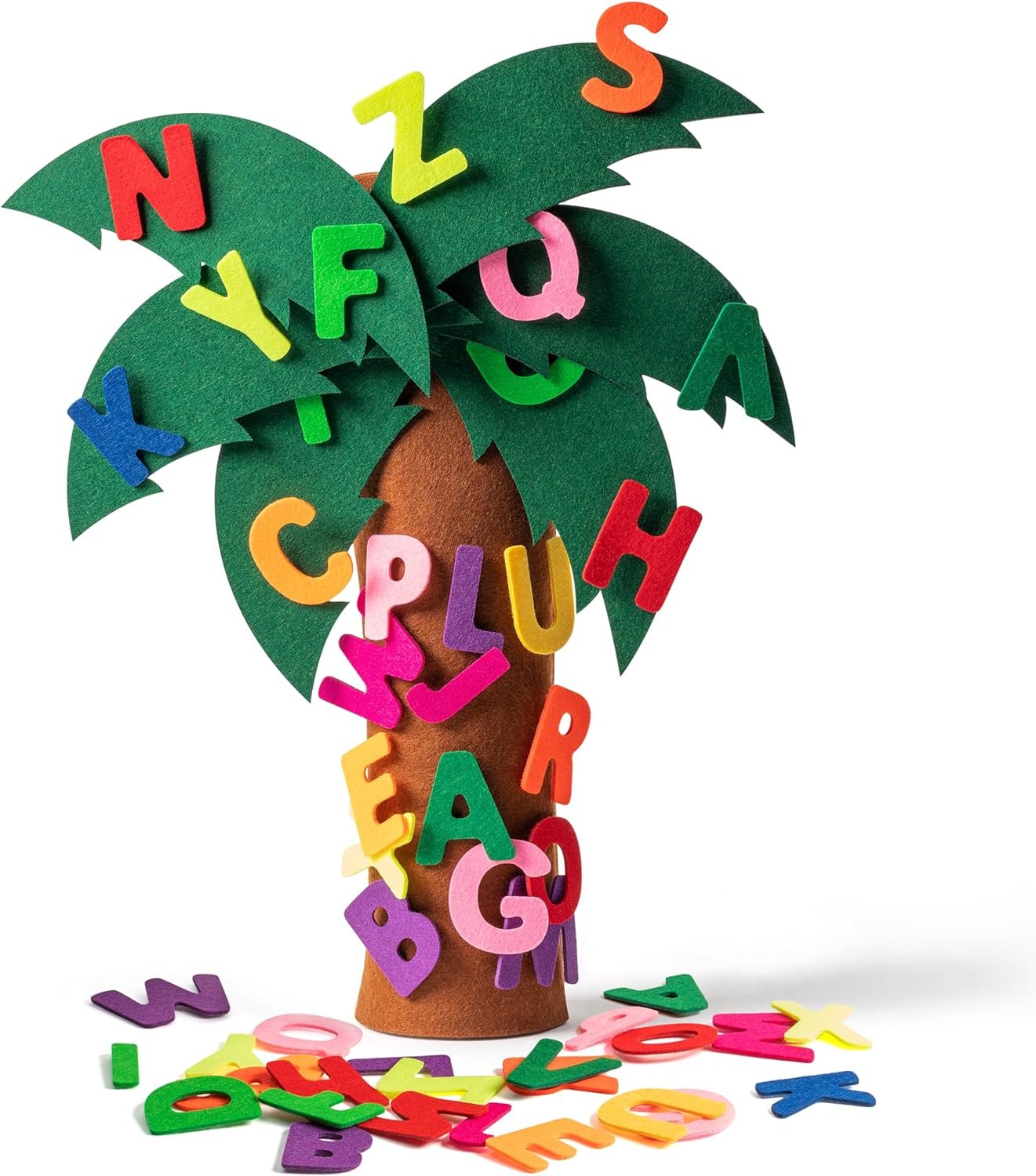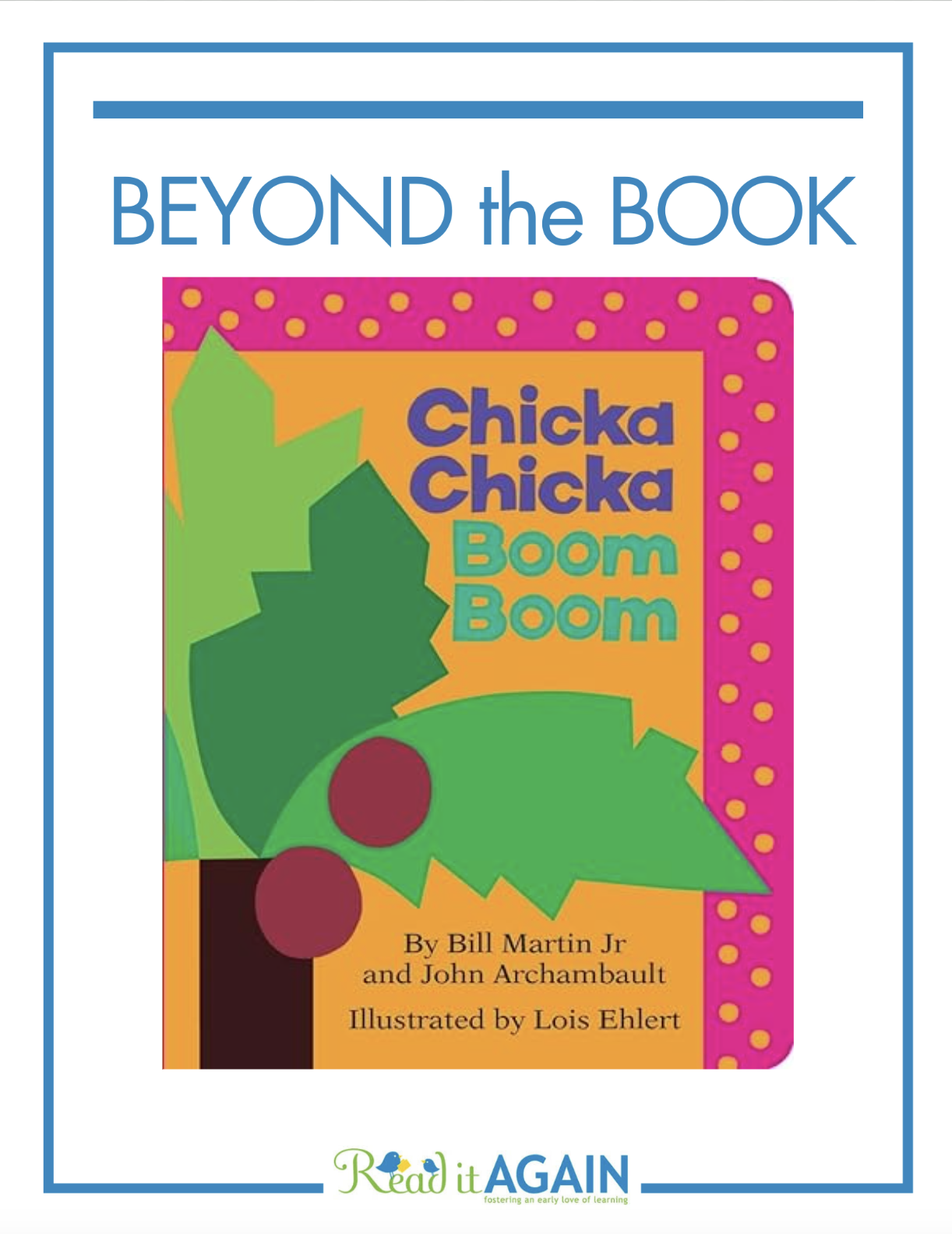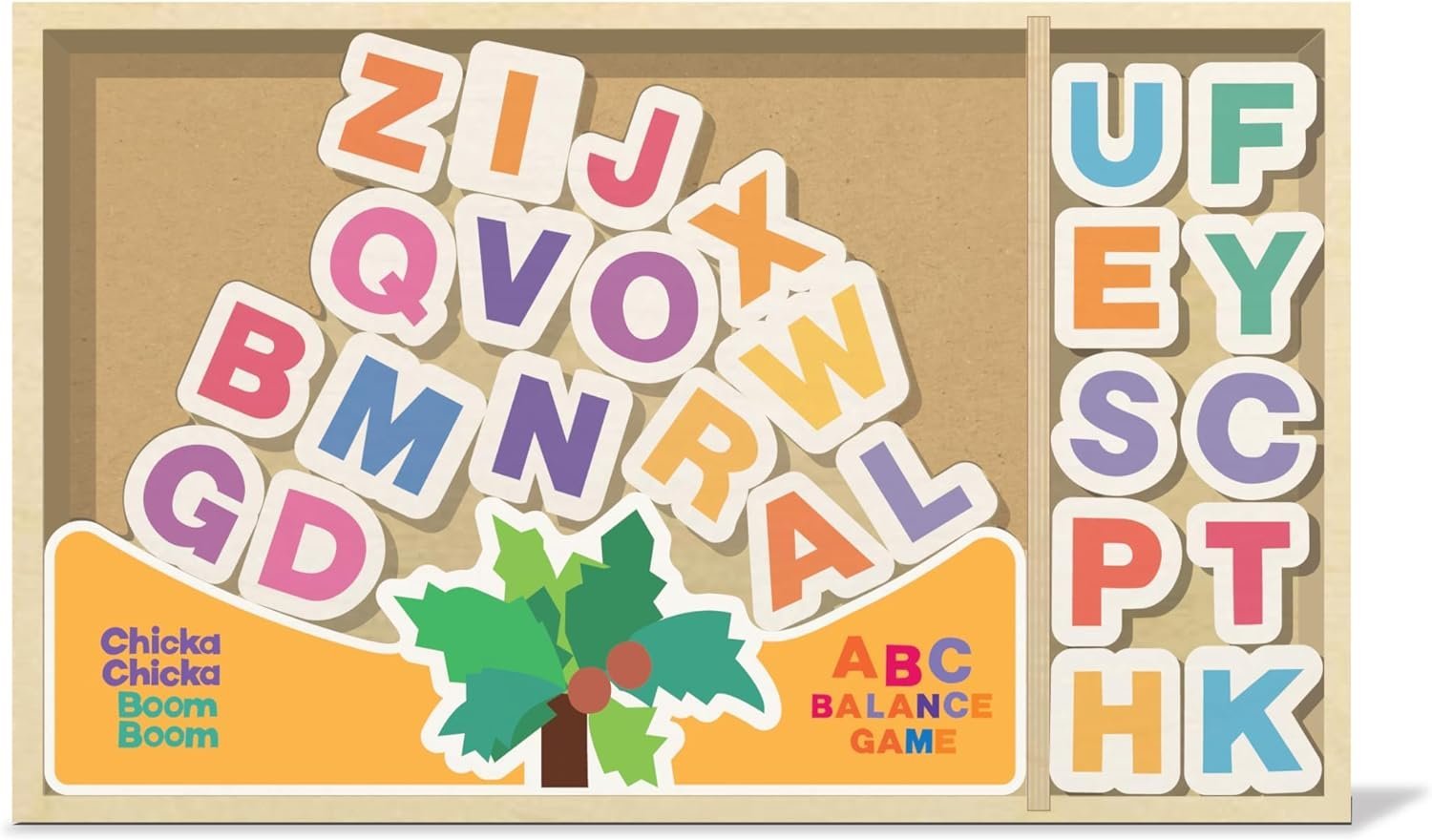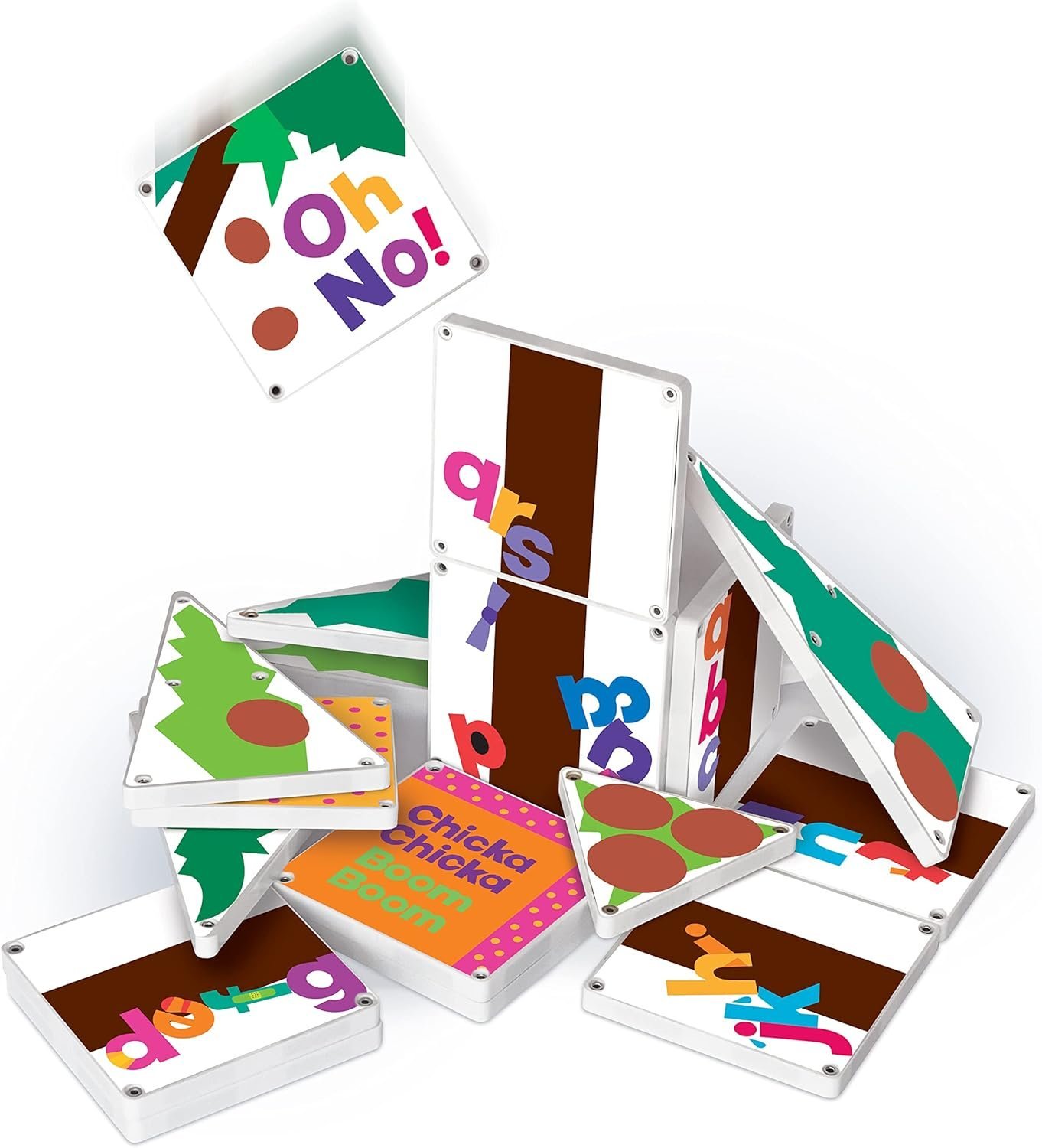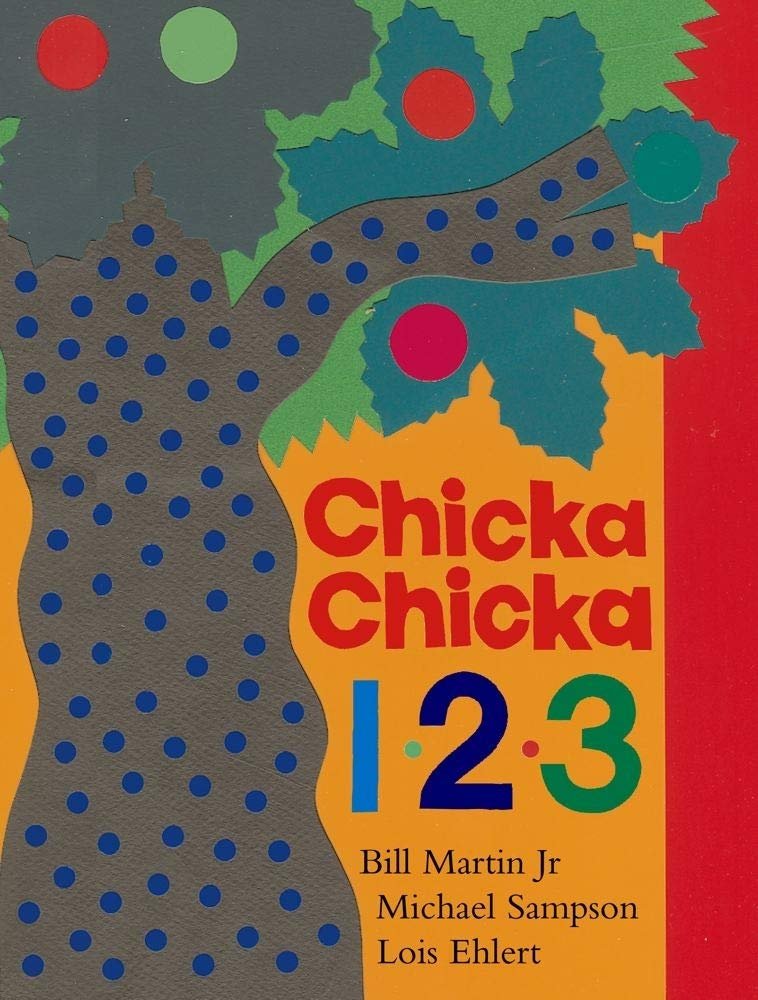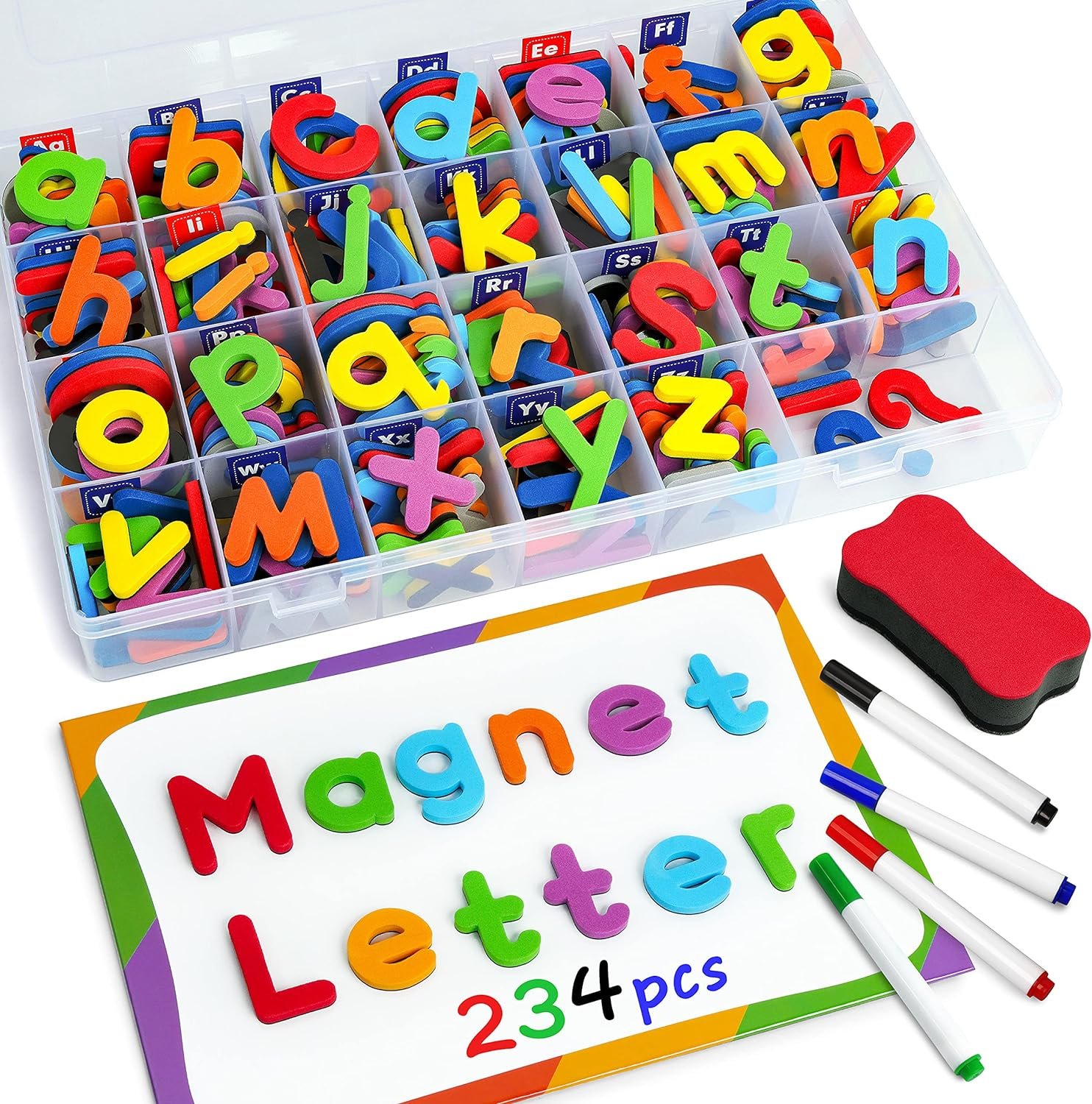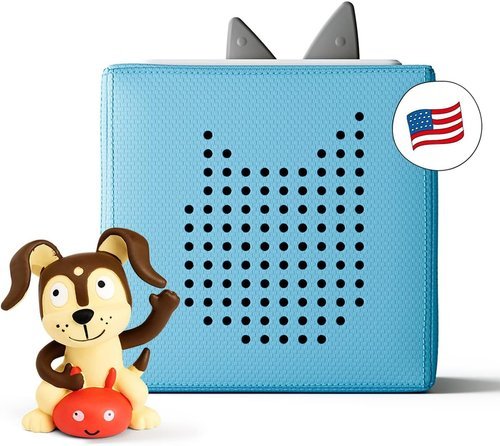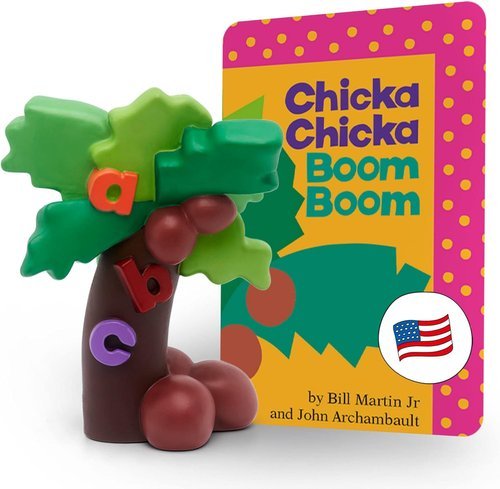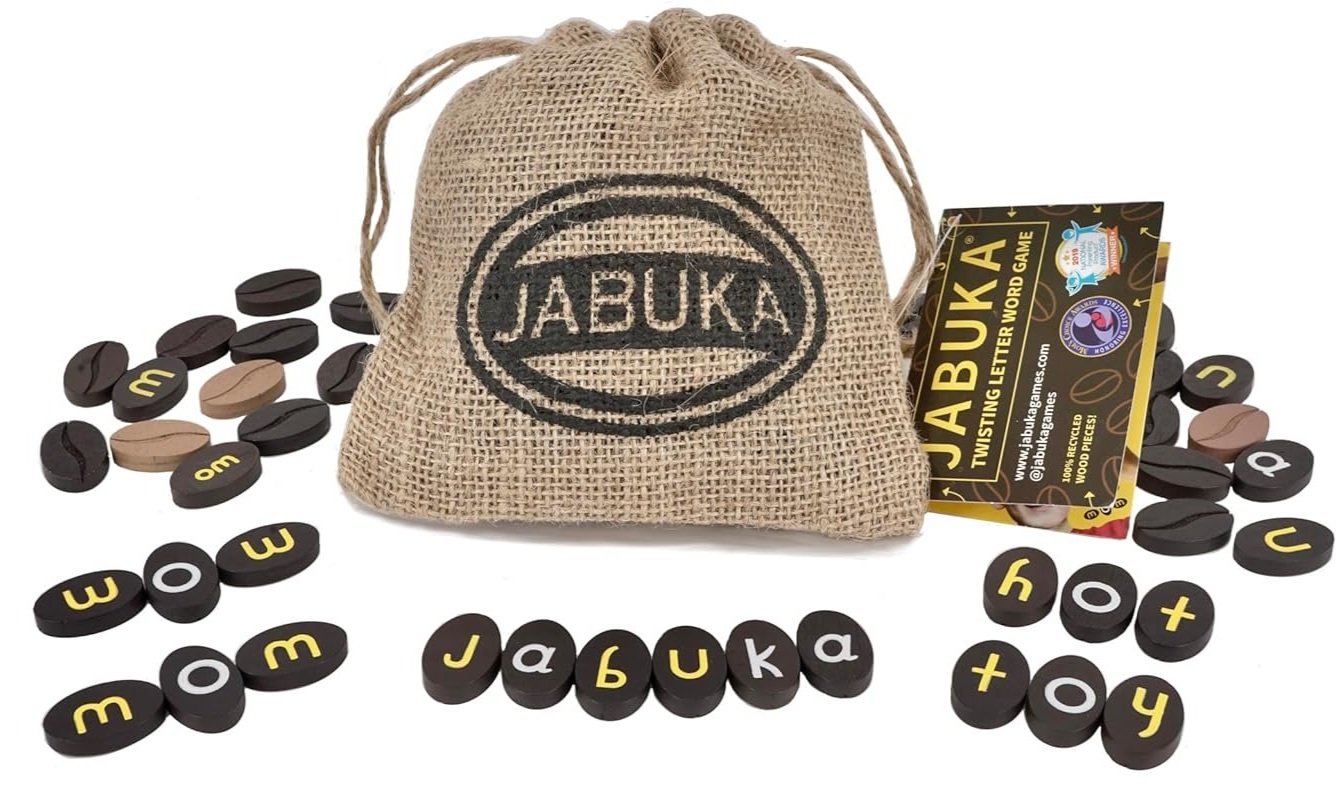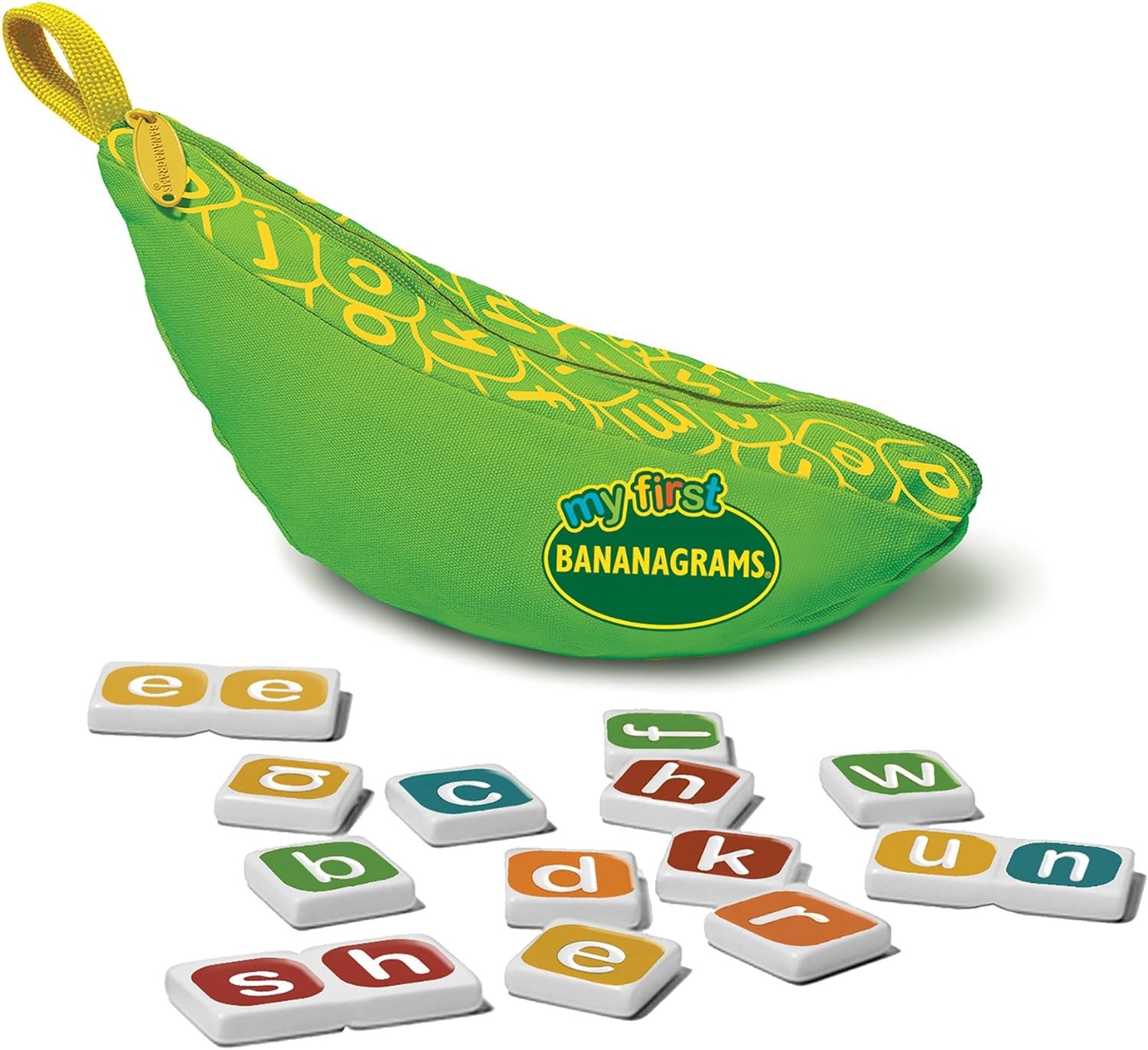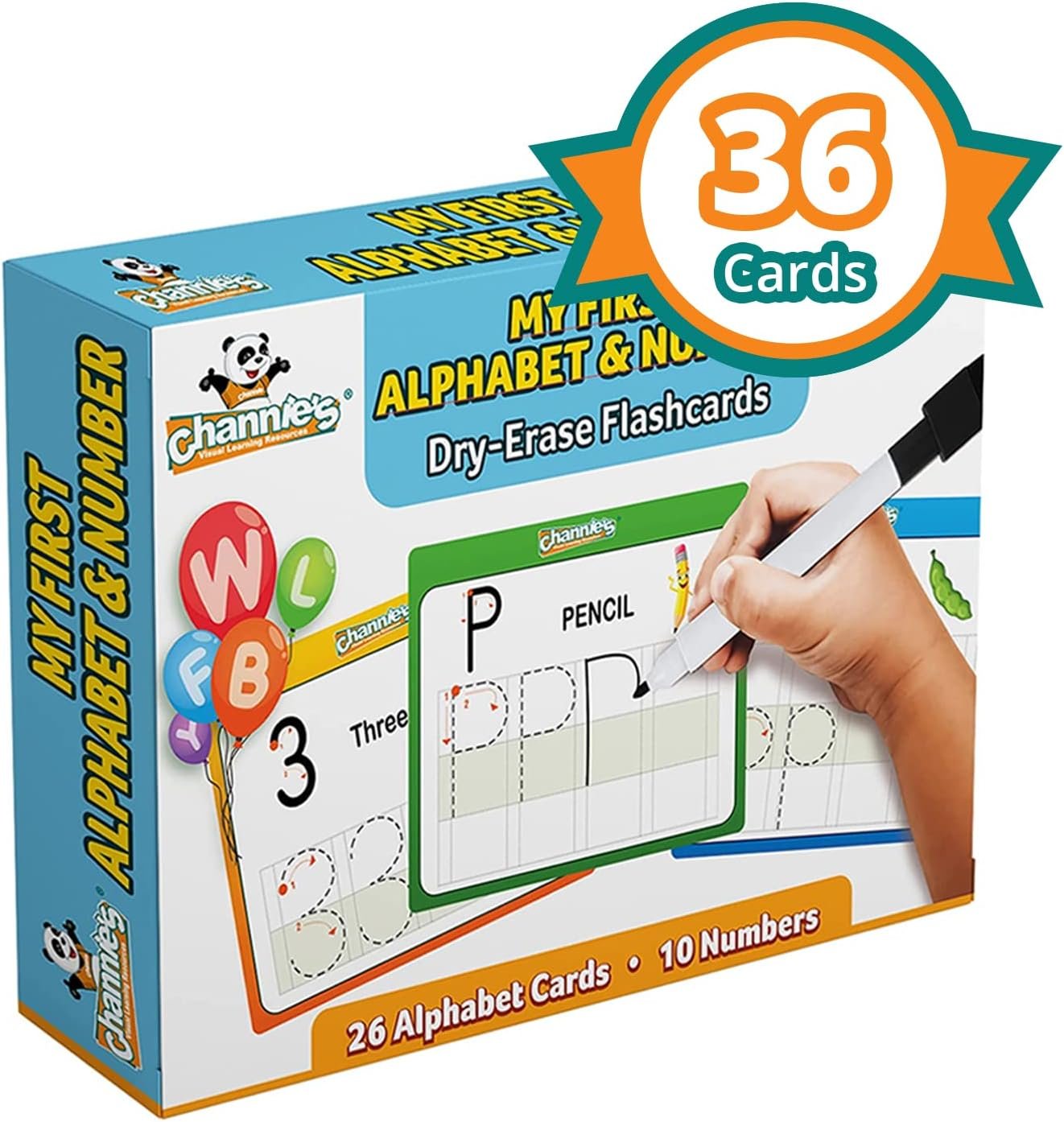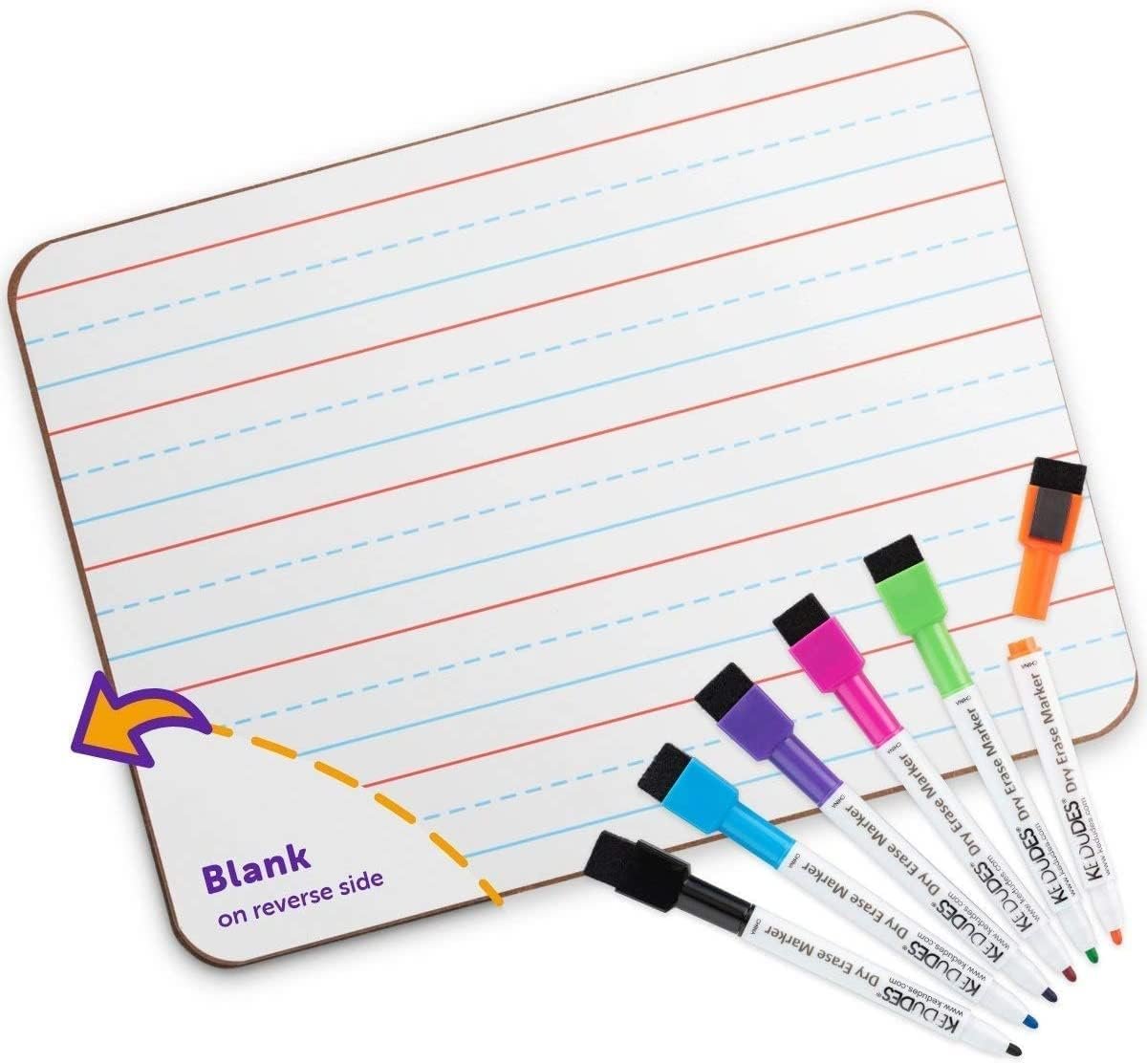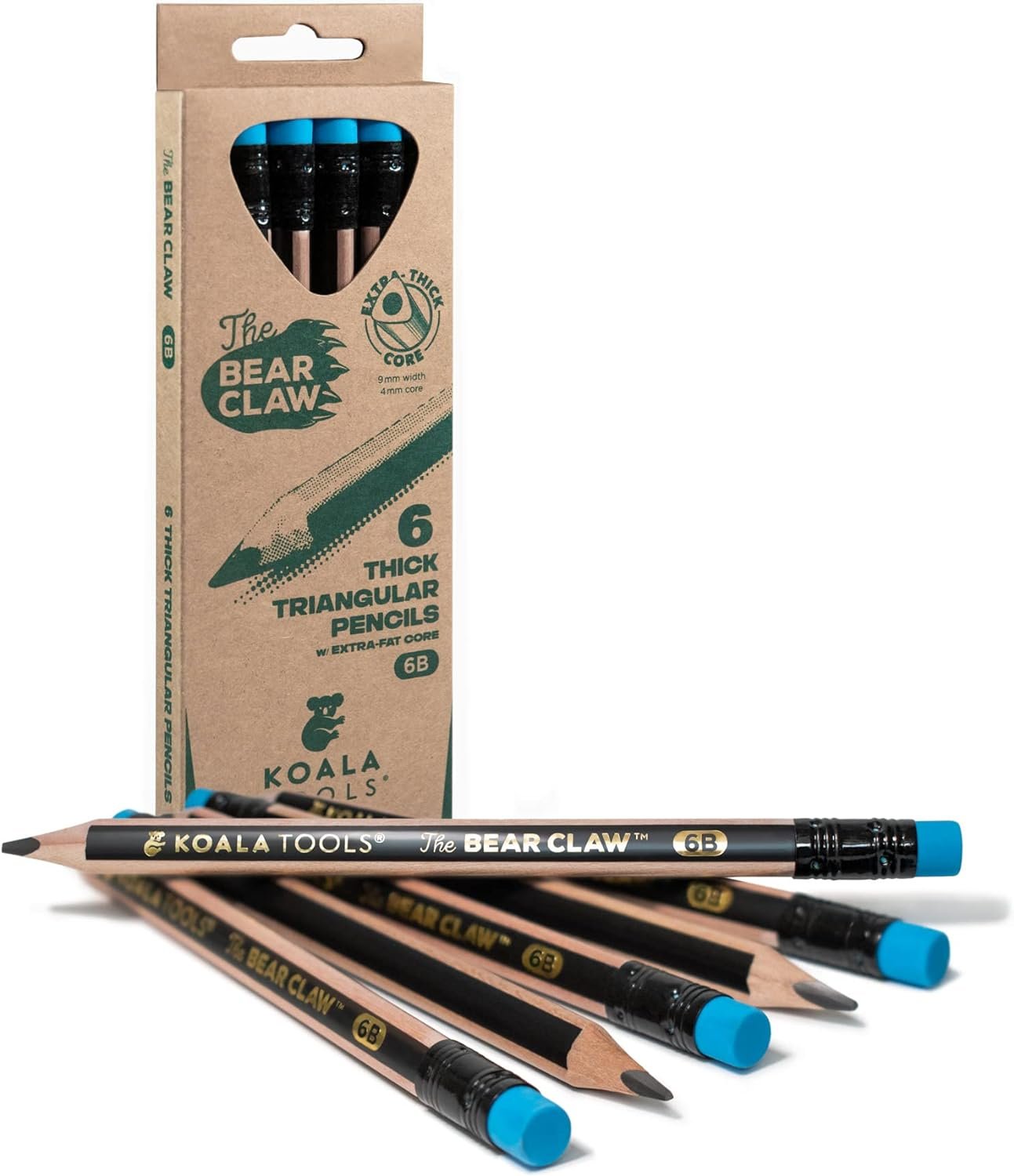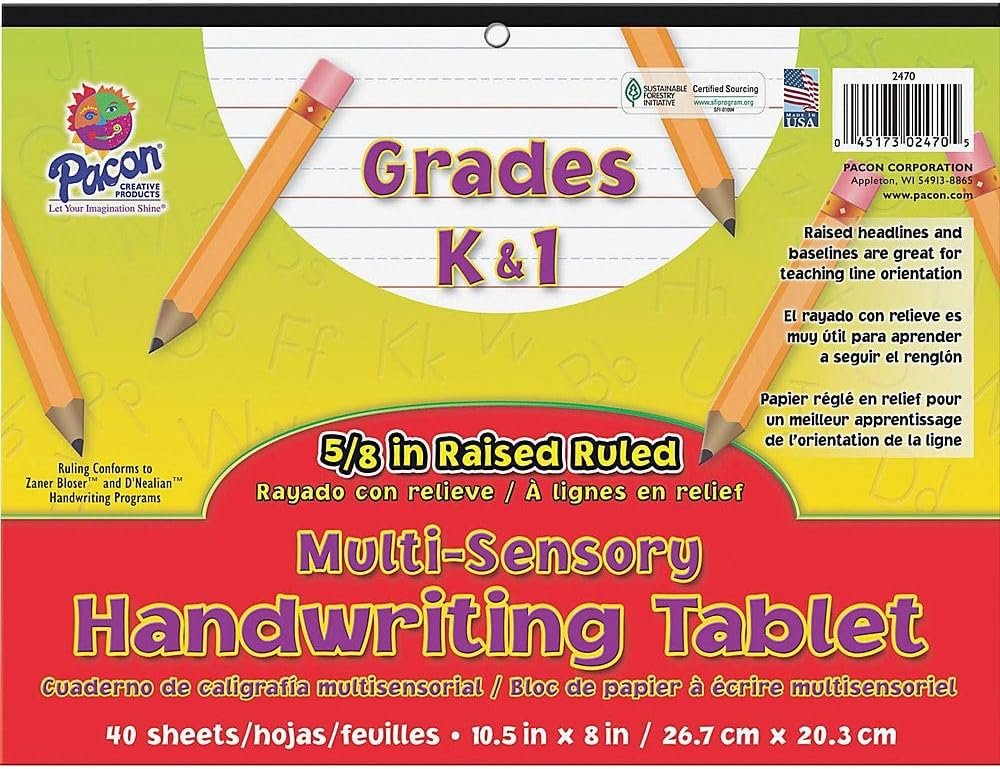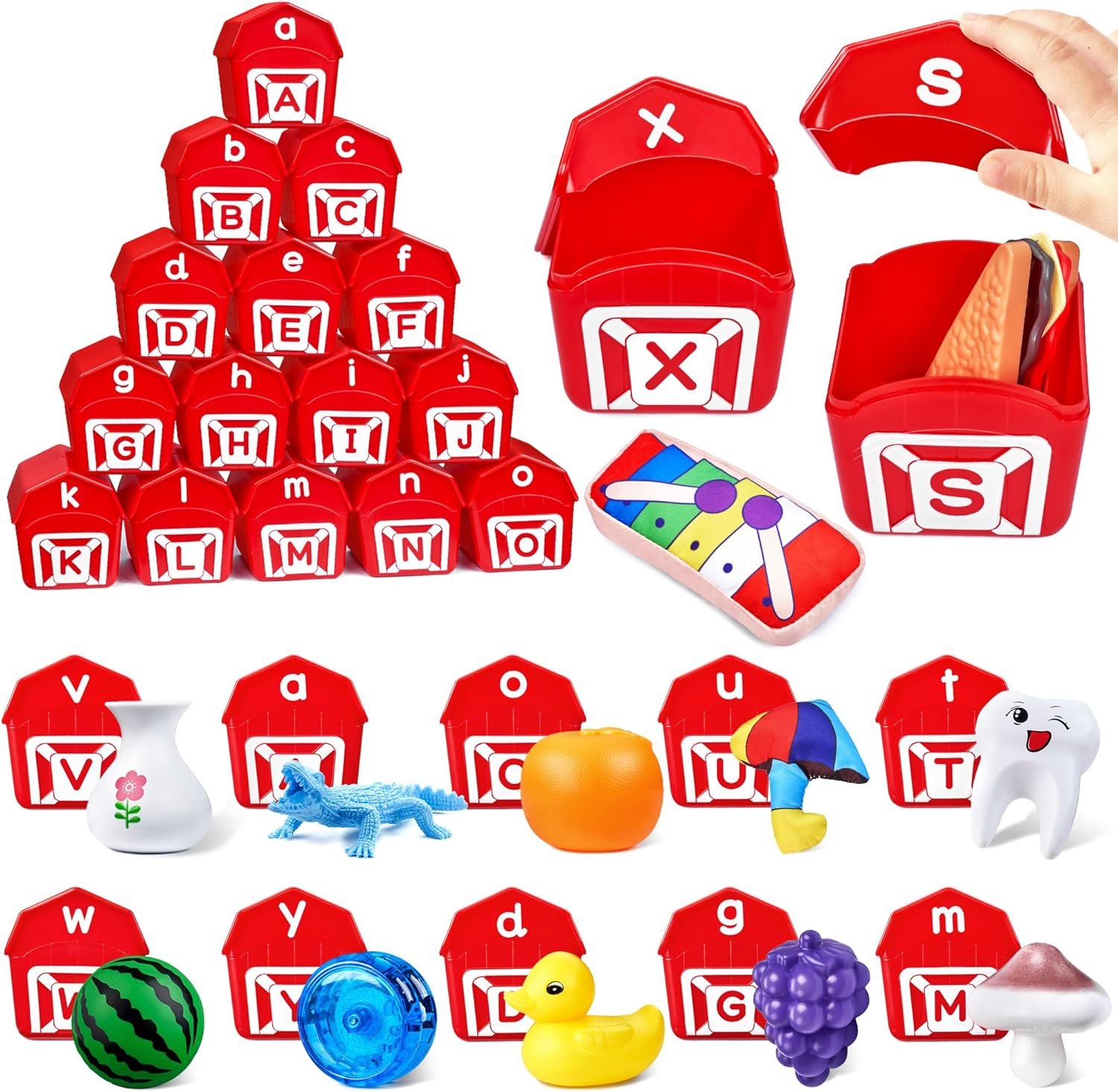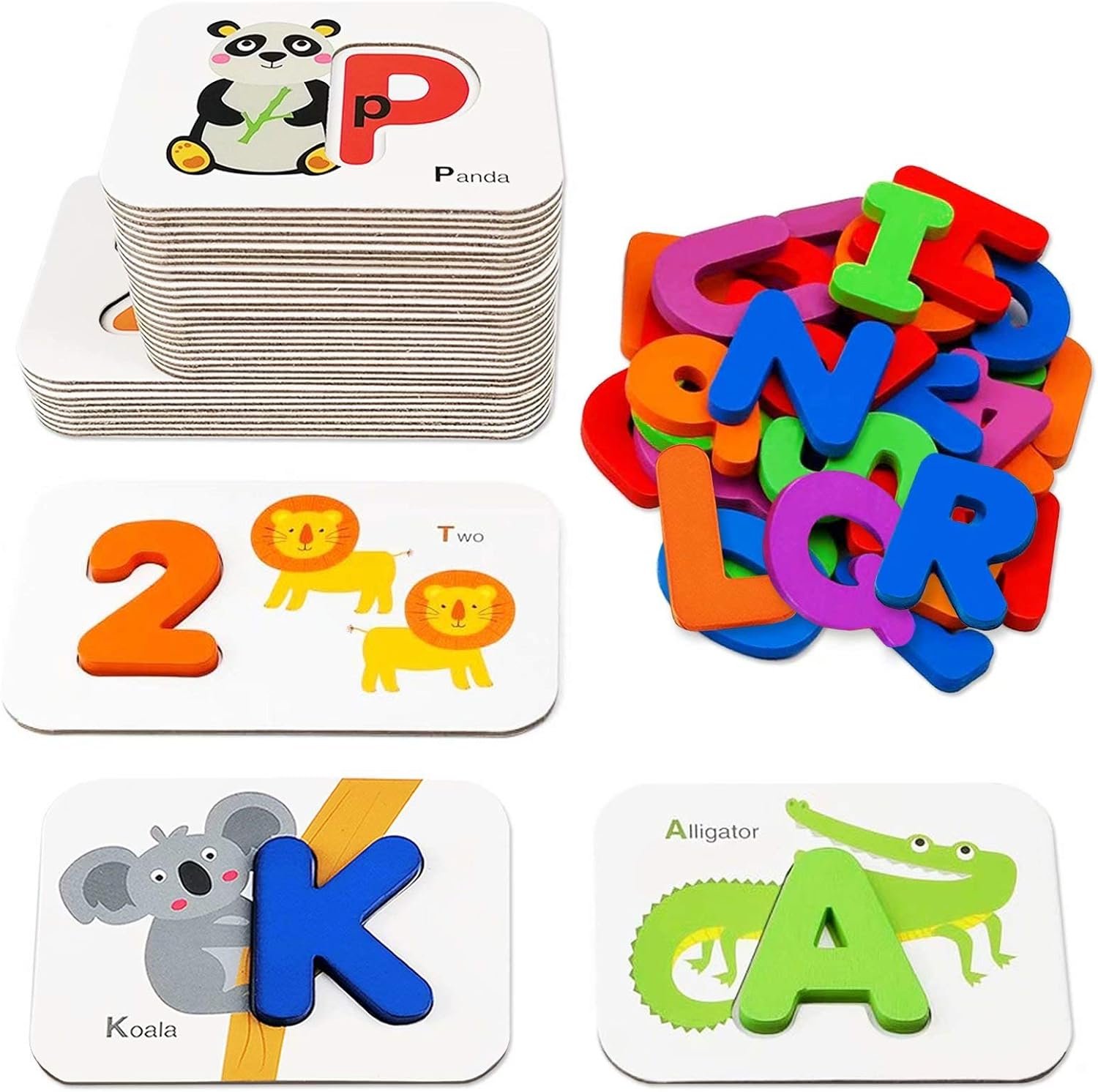This Story Gets Kids Excited about Learning to Read!
Extend the Learning with
Story-Based Play
Adding an element of play is another way to deepen your child’s understanding of concepts within and beyond a story. According to Hall (1991), young children often develop advanced literacy skills when they engage in play related to a familiar story. Many complex literacy skills develop naturally when the story and play intersect, setting the stage for your child to learn to read and write.
It’s easy. Take a great story, gather toys that align with that story, and get out of the way. Your child will do the rest. The goal is to allow the play to evolve naturally. You’ll be surprised by the amount of learning transferred and reinforced through this type of play. It won’t be long until your child is learning to read on her own!
Here’s Why We Love These Specific Products:
They have direct connections to the book.
They reinforce new vocabulary.
They encourage imaginative play
They make it easy to re-enact parts of the story.
They often take learning beyond the confines of the story.
Few require batteries, screens, or electricity.
If you purchase something through one of our links, you won't pay a penny more, but we’ll earn a tiny commission which helps keep the lights on.
Why do we love this book? It's just fun! It's also silly and sassy and colorful. Chicka Chicka Boom Boom was groundbreaking when it was first published back in 1989 and it’s still going strong.
The rhythm and rhyme make this a really fun book to read. It's also a great way to learn or review the letters of the alphabet. Which in turn works to get your child excited about learning to read.
Years ago there was an audio version of this book read by none other than Ray Charles. I couldn't find it for you to purchase, but I did locate this YouTube link. Enjoy!
Listed below are 5 educational concepts to sneak in as you read this book with your child.
Rhythm & Rhyme
This story’s rhythmic, rhyming text makes it engaging for young readers. Exposure to rhythm and rhyme aids in phonological awareness, a key precursor to reading. It also helps children begin to recognize and manipulate sounds in words.Letter Recognition
Chicka Chicka Boom Boom is completely centered around the alphabet. As the letters race up the coconut tree, children are exposed to the entire alphabet in a fun and memorable way. This helps in building early alphabet recognition skills. The alphabet IS this story!Sequencing
The storyline involves the letters taking turns going up the coconut tree. This presents a fun way for you to introduce the concept of sequence, which is an important cognitive skill.Your child can learn about the order of letters (sequence) in the alphabet through the narrative.
Fine Motor Skills
Pointing to and tracing letters on the pages of the book can contribute to the development of fine motor skills. As your child follows the letters along the coconut tree, she engages in activities that promote hand-eye coordination and control.Letter / Sound Association
Pointing to and tracing letters on the pages of the book can contribute to the development of fine motor skills. As your child follows the letters along the coconut tree, she engages in activities that promote hand-eye coordination and control.
